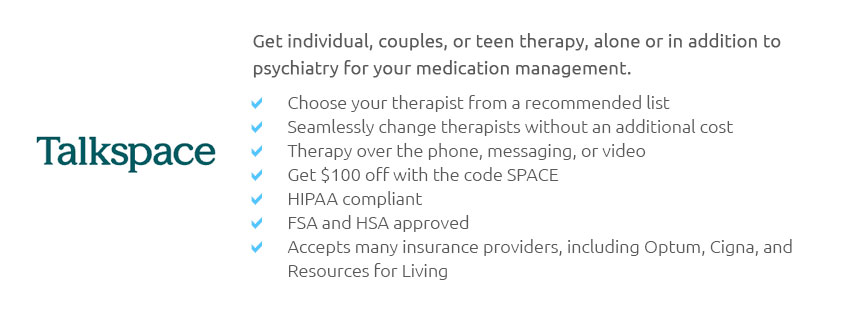 |
 |
 |
|---|
 |
 |
|---|
 |
|
|---|---|
 |
 |
 |
 |
 |
 |
 |
 |
 |
 |
 |
 |
 |
 |
 |
 |
|---|
Bilingual Couples Therapy: Bridging the Language of LoveIn today's increasingly multicultural society, the phenomenon of bilingual couples is becoming more prevalent, which naturally gives rise to unique challenges and opportunities in the realm of couples therapy. When two people come together from different linguistic backgrounds, they not only merge languages but also distinct cultures, traditions, and perspectives on life. This fusion, while enriching, can also lead to misunderstandings and communication barriers that are not typically addressed in standard therapy sessions. Bilingual couples therapy offers a nuanced approach to resolving these issues, providing a platform where both partners can express themselves in their preferred language. This is crucial because language is deeply intertwined with emotion and identity; when individuals communicate in their native tongue, they often do so with greater authenticity and emotional depth. Moreover, therapy conducted in a bilingual framework allows for the subtle nuances of each language to be acknowledged and respected, fostering a more comprehensive understanding between partners. The Benefits of Bilingual Therapy
Despite its benefits, bilingual couples therapy is not without challenges. One of the primary hurdles is the limited availability of therapists who are proficient in both languages and have the cultural competence necessary to guide sessions effectively. Additionally, there is the potential for code-switching-shifting between languages-which can sometimes complicate communication if not managed carefully. However, these challenges are often outweighed by the profound connections and breakthroughs that can occur when both partners feel truly understood. In conclusion, bilingual couples therapy is an invaluable resource for multicultural couples seeking to strengthen their relationship. By embracing linguistic and cultural diversity, it provides a tailored therapeutic experience that celebrates the unique bond between partners. As society continues to evolve, the demand for such specialized therapy is likely to grow, underscoring the importance of training more therapists in this field. Ultimately, the goal is not just to overcome communication barriers but to transform them into bridges that enhance the language of love. https://professionalcounselingdallas.com/
We provide couples counseling, marriage and family counseling, and adolescent counseling for various issues ranging from grief and loss, depression, stress, ... https://bilingualcouplestherapist.com/
Bilingual Couples Therapist. I provide mental health therapy and couples counseling for people from various ethnic and socio-economic backgrounds. I offer ... https://psdiegoduran.com/en/
Book a session with Ps. Diego Durn, a Online Bilingual Psychologist in English and Spanish especialized in Gottman Couples Therapy.
|
|---|